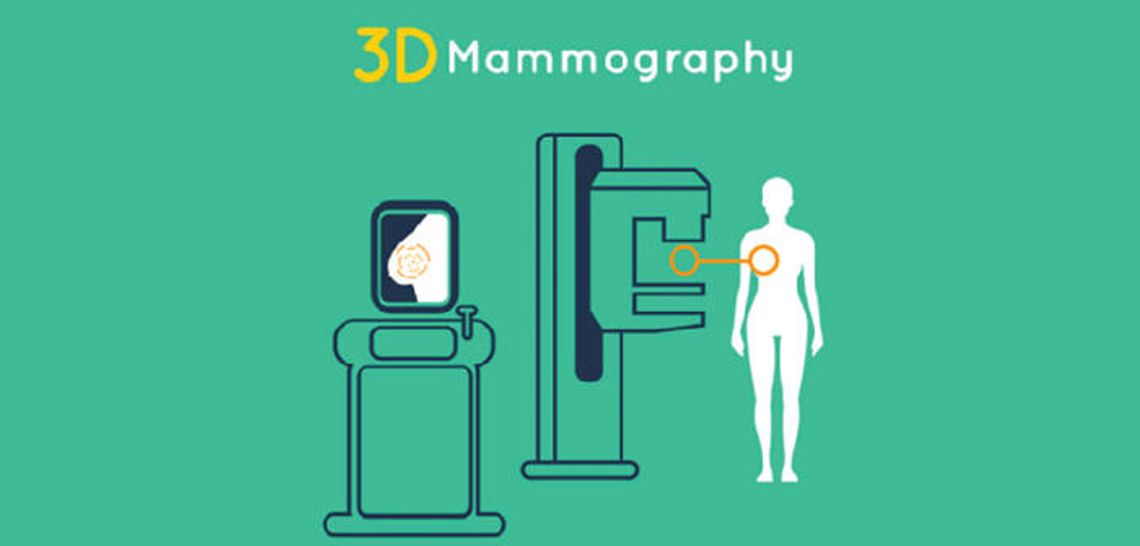While one in eight women will be diagnosed with breast cancer during their lifetime, early detection through an annual doctor’s visit can increase the rate of survival.
During October, which is National Breast Cancer Awareness Month, charities and hospitals make extra efforts to raise money and to educate women on the cancer most likely to affect them, according to the American Institute for Cancer Research.
According to the Texas Department of State Health Services, over 3,000 women are expected to die from breast cancer this year, a number that could be lowered if more women got tested.
Doctors at Seton Medical Center Hays offer 2-dimesional mammograms and other routine tests to detect breast cancer. They also offer referrals to other area locations for those who are interested or in need a 3-dimesional mammogram. According to experts, 3-dimesional mammograms can be better for women with dense breasts or abnormalities.
Dr. Jessica Mueller, OB-GYN at Seton Hays, said she recommends to her patients getting screened early and annually, whether it’s through 2-dimensional or 3-dimensional technology, to detect breast cancer. Mueller said those who are diagnosed early are highly likely to overcome the cancer by discovering it in its early stages and maintaining a healthy lifestyle.
“The 3-D technology can aid in detection of early cancers and give the radiologist a more complete picture of how the breast tissue is,” Mueller said. “Most insurances, now, will cover them just as a screening test, so I think that if it’s a covered benefit that it’s recommended to get the 3-D mammogram.”
Mueller said both types of mammograms are sufficient for detection and can catch signs of cancer even four years before it spreads. But she recommends 2-dimesional mammograms without insurance or to those whose insurance will not pay for the advanced screening.
“Luckily, I don’t see breast cancer here very often, but I do see a lot of abnormal mammograms,” Mueller said. “I would say about once a month I see a patient come back with early breast cancer (signs) or an abnormality come back on their mammogram.”
According to the Texas Department of State Health Services, over 3,000 women are expected to die from breast cancer this year, a number that could be lowered if more women got tested. The department reports that only 66 percent of Texas women have gotten a mammogram within the last two years.
“All women after the age of 40 should get a mammogram every year,” Mueller said. “The risk increases with age and most breast cancers are diagnosed after 50, but anyone is susceptible.”
Mueller said women in Central Texas can do their best to prevent breast cancer by also checking their family history, maintaining a healthy weight and reducing alcohol consumption.
Mueller said Seton Hays offers assistance to women seeking medical help who may be underinsured or uninsured.










